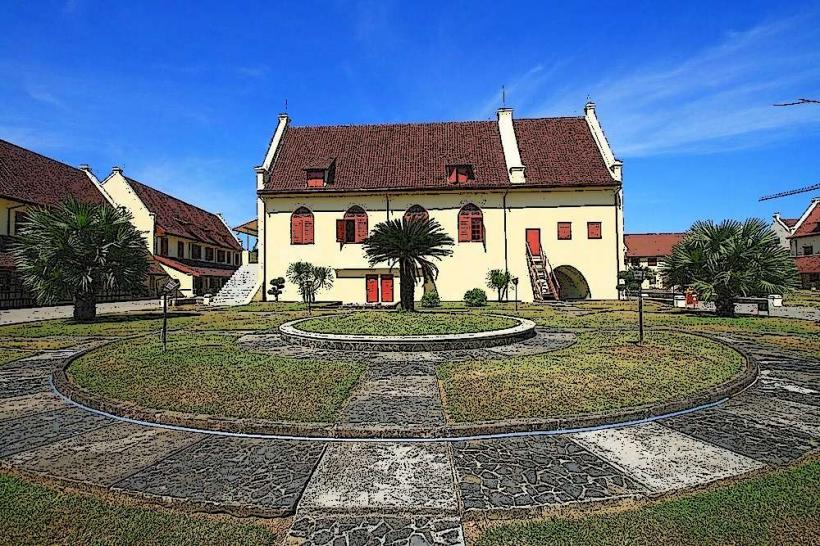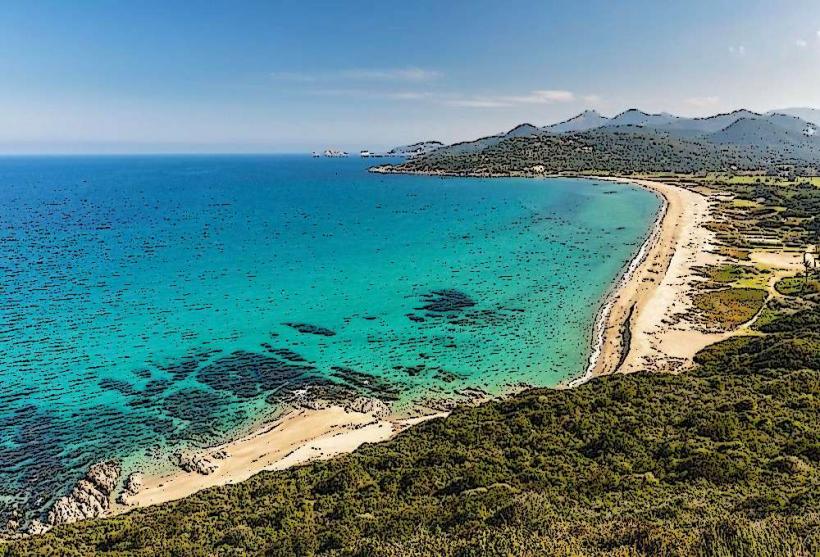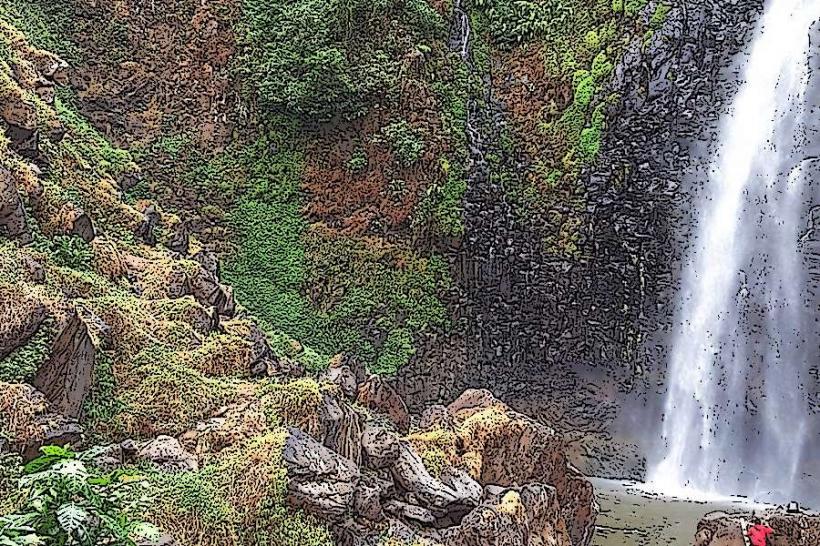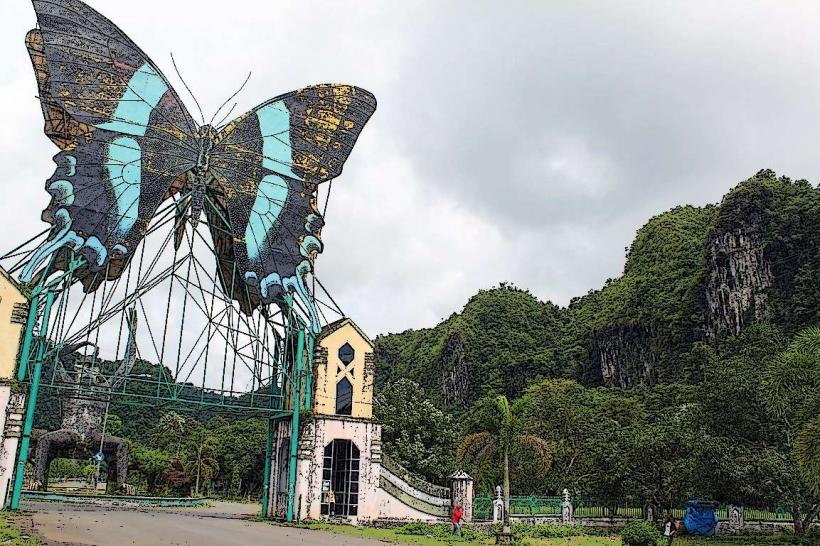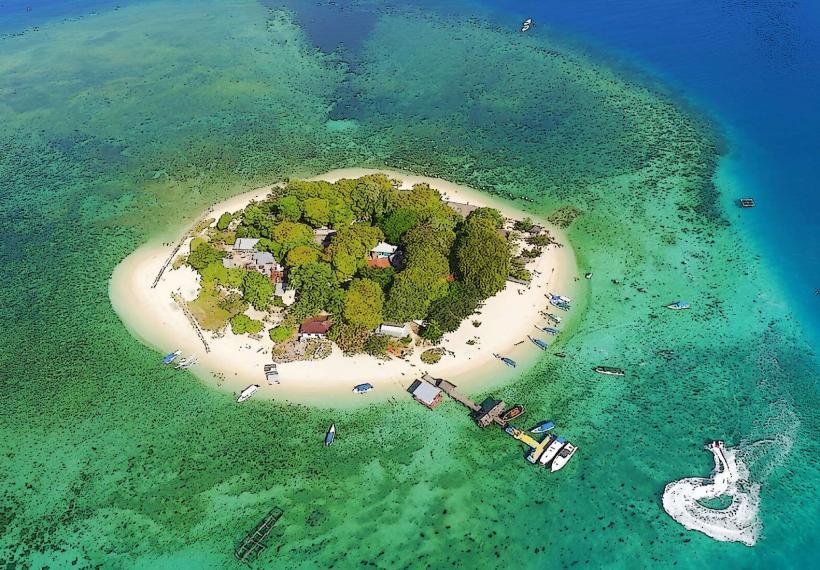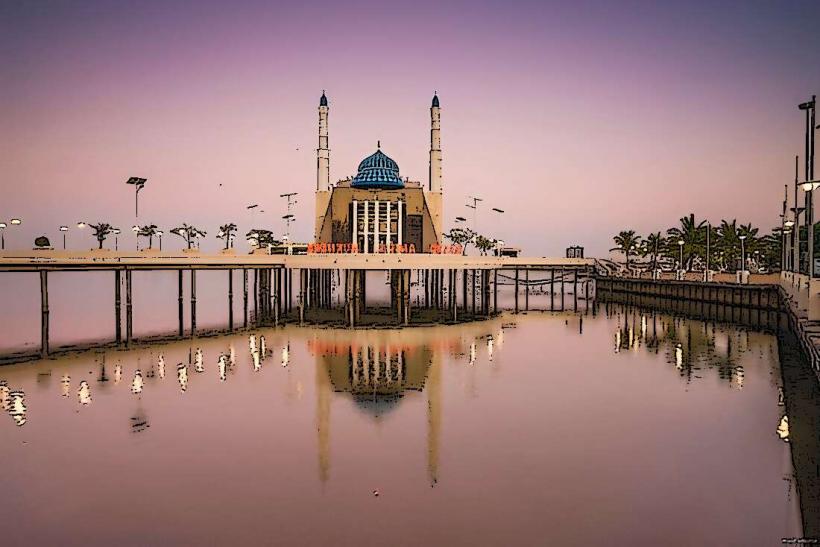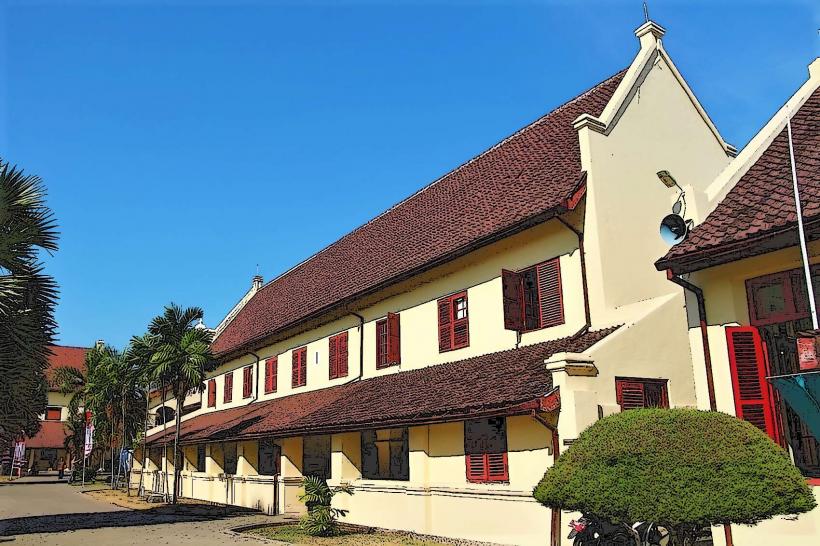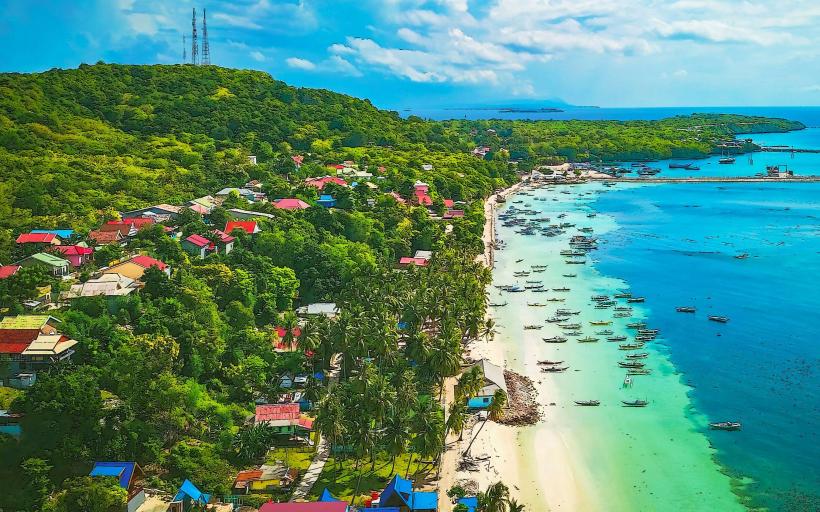Information
Landmark: Somba Opu FortCity: Makassar
Country: Indonesia
Continent: Asia
Somba Opu Fort (or Benteng Somba Opu) is a historical fortress located in Makassar, South Sulawesi, Indonesia. The fort is an important cultural and historical landmark that dates back to the 16th century, and it played a significant role during the era of the Gowa Sultanate, which was one of the most powerful kingdoms in the region. Today, Somba Opu Fort is a popular tourist destination, offering visitors a glimpse into the rich history of South Sulawesi and the once-great Gowa Sultanate.
Key Details about Somba Opu Fort:
1. Historical Background
- The fort was originally built in 1525 by the Gowa Sultanate, one of the most powerful kingdoms in Sulawesi. The fort's construction was commissioned by Sultan Alauddin, the 13th Sultan of Gowa, to protect the kingdom from external threats and to strengthen the sultanate’s military and political power.
- Somba Opu Fort was an important military stronghold and administrative center for the Gowa Sultanate. The fort housed the royal family, government officials, and military personnel.
- During the 17th century, Somba Opu Fort played a crucial role in the conflicts between the Gowa Sultanate and the expanding Dutch East India Company (VOC), which was seeking to establish its dominance in the region.
- The fort was later destroyed during a military confrontation with the Dutch in 1669, when the Gowa Sultanate was defeated and forced to surrender. The fort remained in ruins for many years but has been partially reconstructed in modern times for historical preservation.
2. Architectural Design
- The fort was originally designed as a sprawling complex with high stone walls, watchtowers, and entrances. The design of the fort reflects the military architecture of the time, with strategic features that allowed defenders to monitor and protect the kingdom from potential invaders.
- The fort’s walls were constructed from coral stone, which was readily available in the region, and the layout of the fort included multiple gates, bastions, and defensive structures.
- The fort was surrounded by a moat, which added an extra layer of protection and made it difficult for attackers to breach the fort’s defenses.
- In the present day, much of the fort has been restored, with portions of the walls, gates, and watchtowers still visible. Some areas have been rebuilt to offer a glimpse of how the fort would have looked in its prime.
3. Cultural and Historical Significance
- Somba Opu Fort is one of the most important historical landmarks in Makassar, as it represents the military, political, and cultural heritage of the Gowa Sultanate and the region’s history during the colonial era.
- The fort symbolizes the resilience of the Gowa Sultanate, which fought fiercely to protect its sovereignty and independence from external forces, particularly the Dutch colonial powers.
- The fort also serves as a reminder of the region’s pre-colonial era and the complex political landscape of the time, where local sultans had significant power and influence over the surrounding areas.
4. Museum and Visitor Experience
- Today, the site of Somba Opu Fort functions as a museum and historical park. The museum showcases various artifacts, documents, and diagrams that help illustrate the history of the Gowa Sultanate, the fort's construction, and the conflict with the Dutch.
- The museum includes displays about the Gowa Sultanate, including traditional weaponry, royal regalia, and historical maps. Visitors can learn about the sultanate’s cultural and political influence in the region, as well as the impact of European colonial powers in Sulawesi.
- The fort’s ruins and restored sections are open to visitors, and the site offers an opportunity for historical exploration and photography. Some sections of the fort still have remnants of old stone carvings and decorations, which provide insight into the artistic traditions of the time.
5. Attractions and Features
- Restored Walls and Gates: While much of the fort was destroyed, portions of the walls, gates, and watchtowers have been preserved or rebuilt. These structures offer a glimpse into the defensive design of the fort and provide an opportunity for visitors to imagine life during the height of the Gowa Sultanate.
- Museum Exhibits: The museum on the fort grounds displays a variety of historical items, such as ancient ceramics, tools, coins, and jewelry, as well as a collection of historical photos that help bring the past to life.
- Royal Artifacts: The museum houses replicas of royal regalia and other artifacts associated with the Gowa Sultanate, including royal clothing, crowns, and ceremonial weapons.
- Surrounding Grounds: The grounds of the fort are open to exploration, and visitors can walk along the restored walls, take in the views of the surrounding area, and learn about the history of the fort from informational signs and exhibits.
6. Activities for Visitors
- Guided Tours: Visitors can take guided tours of the fort, where local guides provide in-depth explanations of the fort’s history, architecture, and significance. The tours often include a walk through the fort’s restored sections and an introduction to the historical exhibits in the museum.
- Photography: The fort is a great location for photography, with its historical ruins, architectural details, and museum exhibits providing unique photo opportunities.
- Cultural Events: The fort occasionally hosts cultural events, such as traditional dances, ceremonial performances, and local festivals. These events provide visitors with an immersive experience of Gowa’s cultural heritage.
7. Best Time to Visit
- The best time to visit Somba Opu Fort is during the dry season, which runs from May to October. The weather is generally sunny and pleasant, making it ideal for outdoor exploration.
- It is also recommended to visit in the morning or late afternoon when the temperature is cooler, as the site can get quite warm during midday.
8. Facilities
- Parking: There is ample parking available for visitors traveling by car. The fort is located in a central area of Makassar, making it easy to reach from other popular attractions in the city.
- Cafes and Shops: Nearby, there are various cafes and shops where visitors can relax, enjoy refreshments, and purchase souvenirs related to the fort and its history.
9. Preservation and Conservation
- Efforts have been made to preserve and restore Somba Opu Fort, ensuring that it remains a significant cultural and historical landmark for future generations. The Indonesian government, in collaboration with local historians and cultural organizations, has taken steps to protect the site and maintain its historical integrity.
- Ongoing conservation work aims to restore additional parts of the fort and protect it from the effects of weathering and urban development.
10. Conclusion
Somba Opu Fort is a key historical and cultural site in Makassar, offering a unique opportunity to explore the history of the Gowa Sultanate and its role in the region’s past. Visitors can experience the rich heritage of Sulawesi through the fort’s architecture, museum exhibits, and cultural significance. Whether you are a history enthusiast, a lover of architecture, or simply someone looking to explore Makassar’s rich past, Somba Opu Fort offers a fascinating and educational experience.

